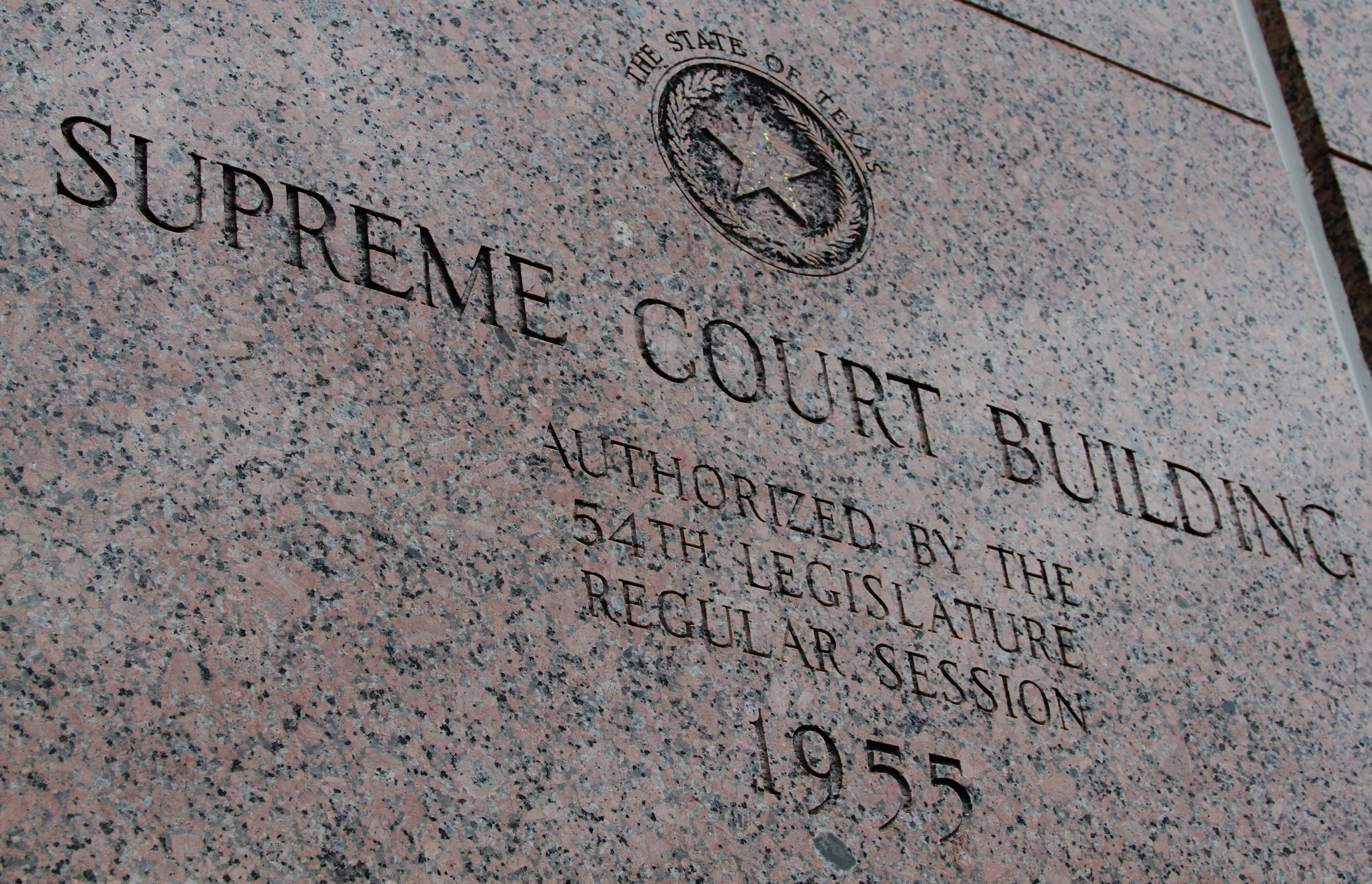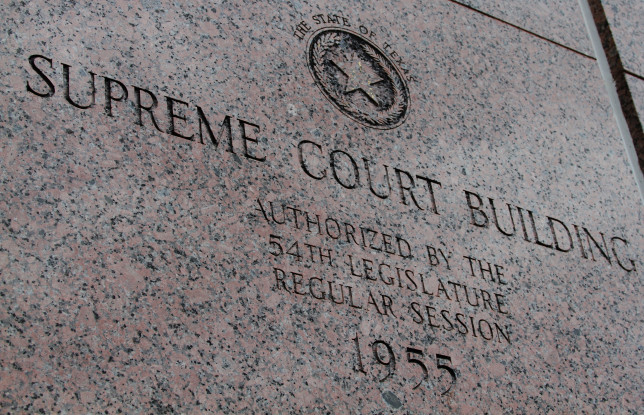Ingleside v. Corpus Christi
No. 14-0548
Case Summary written by Allison Grayson, Online Edition Editor.
Corpus Christ enacted Ordinance 6636 in 1962, establishing “the ‘shoreline’ of Nueces Bay and Corpus Christ Bay as the boundary between Ingleside and Corpus Christi.” After the ordinance’s enactment, “Ingleside retain[ed] jurisdiction of the fast land located adjacent to the ‘shoreline’ while corpus Christi maintain[ed] jurisdiction over the land extending from the ‘shoreline’ into the bay waters.”
Thereafter, “several piers, bulkheads, wharves, and other artificial structures,” constructed in Ingleside’s, jurisdiction projected into Corpus Christi’s jurisdiction. A dispute over jurisdictional boundaries commenced.
The City of Ingleside sued the City of Corpus Christi “seeking a declaration that ‘structures, both natural and man-made, that are attached to and part of the fast land, and are functionally part of the land, are entirely within the jurisdiction of’ the land side of the ‘shoreline.’” In response, Corpus Christi filed a plea to the jurisdiction challenging the trial court’s jurisdiction. The trial court rejected the plea.
The court of appeals held that the trial court did not have jurisdiction because it determined the lawsuit involved a political question, which was not subject to judicial review.
Issue: “[W]hether wharves, piers, docks, and other objects affixed to Ingleside’s shore and projecting into bay waters are wholly on the land or water side of the ‘shoreline’ boundary.”
Here, the Court disagreed with the court of appeals, stating that “the declaratory-judgment action requires the court to interpret relevant boundary ordinances not select the appropriate boundary line.”
The Court explained that “the procedural validity of territorial annexation may be judicially determined—but a legislative decision to annex territory and the reasons underlying such a decision are not subject to judicial scrutiny.” Because Ingleside merely sought to have the Court evaluate whether the fixtures in question fell within the “shoreline,” the court reversed the court of appeals’ decision, remanding the case back to the court of appeals for further consideration of the jurisdictional challenges.


